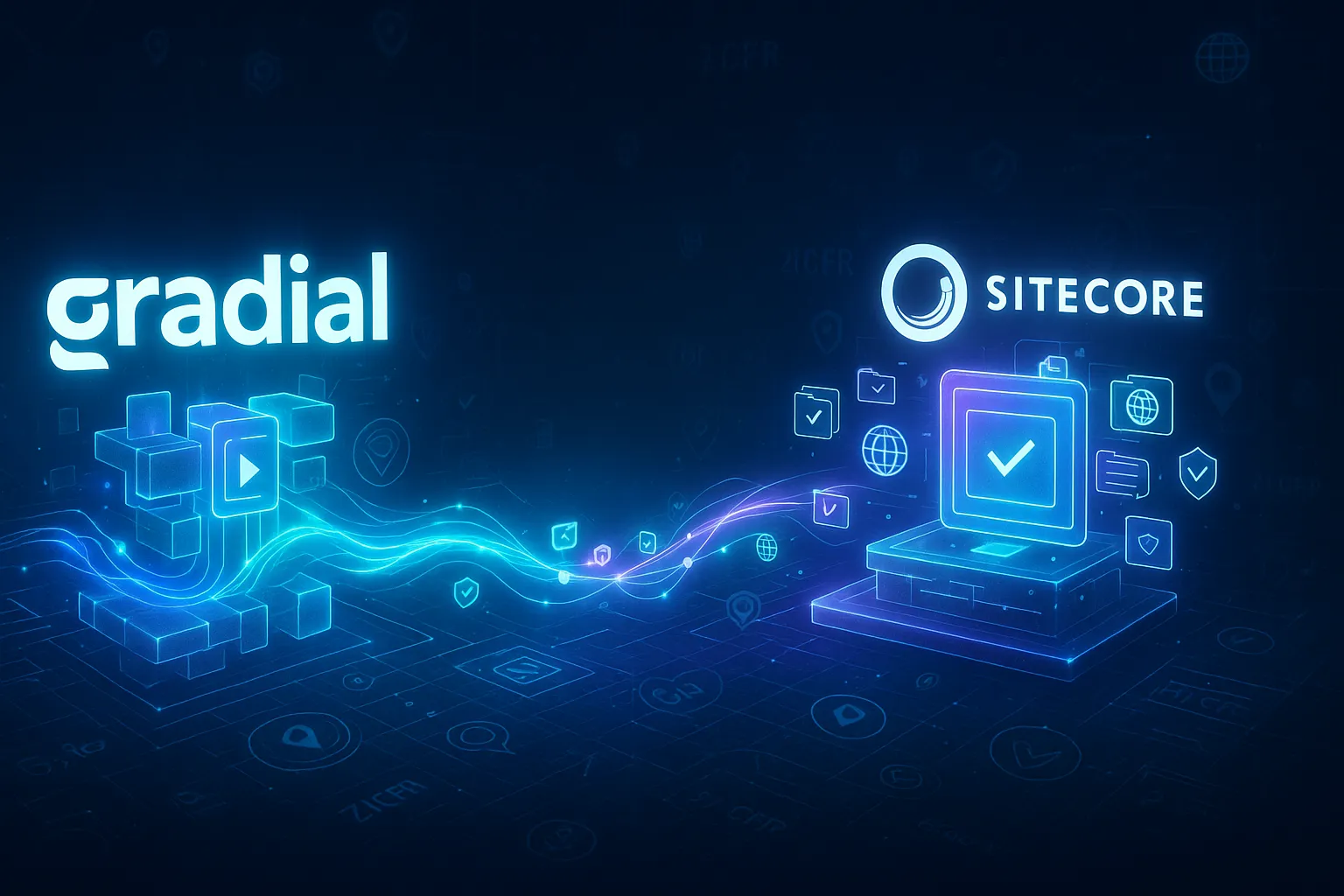How AI Is Transforming Scientific Literature Review for Medical Affairs Teams
Jun 03, 2025 | 4 min read

How AI Is Transforming Scientific Literature Review for Medical Affairs Teams
In Medical Affairs, precision is everything. Scientific literature review sits at the heart of high-stakes work: generating evidence, communicating findings, and supporting compliance across global teams.
But traditional review processes—manual, time-consuming, and reactive—can’t keep pace with the rapid expansion of published data. New studies emerge daily. Therapeutic areas evolve quickly. And global regulations require teams to stay consistently up to date.
That’s why forward-thinking Medical Affairs teams are turning to AI-powered literature review tools. These tools help accelerate insight generation, reduce the burden on internal teams, and maintain scientific rigor.
In this article, we’ll explore how AI is reshaping literature review for pharma, biotech, and medtech organizations—and what it means for the future of scientific communication.
The Challenge: Scientific Review Is Resource-Heavy by Nature
Literature review is fundamental to the Medical Affairs function, but it’s often one of the most resource-intensive processes in the organization.
Common challenges include:
- Sifting through thousands of publications across journals, databases, and grey literature sources
- Ensuring findings are timely, evidence-based, and compliant
- Managing ongoing literature surveillance across multiple therapeutic areas
- Delivering insights quickly enough to support advisory boards, field engagements, and HCP inquiries
Additionally, Medical Affairs teams often work across global regions, each with its own regulatory nuances and publication timelines. These differences introduce friction when aligning insights across cross-functional stakeholders and complicate the creation of consistent, high-quality scientific narratives.
Delays in identifying or synthesizing relevant publications can cascade into missed opportunities for evidence-based engagement or content creation. And in fast-evolving spaces like oncology, immunology, or rare disease, outdated insights can mean falling behind competitors—or providing incomplete answers to the field.
The AI Opportunity: Automating Evidence Synthesis Without Sacrificing Quality
Artificial intelligence isn’t here to replace scientific reasoning. It’s here to enhance it.
Modern AI tools use natural language processing (NLP), machine learning, and large-scale data analysis to help Medical Affairs teams:
- Identify relevant publications faster
- Extract structured insights from unstructured data
- Summarize key findings for downstream content use
- Continuously update as new literature emerges
Examples of how AI accelerates literature review:
- Triage at scale: AI models can rapidly scan thousands of abstracts or full-text articles to surface the most relevant content.
- Consistent application of criteria: Rather than rely on manual inclusion/exclusion checks, algorithms can apply your predefined filters automatically.
- Automated data extraction: Key details—like study endpoints, population sizes, and outcomes—can be extracted and structured with minimal human effort.
- Living reviews: Some platforms automatically update your literature reviews as new publications are released, reducing redundancy.
More advanced platforms go even further. Using techniques like named entity recognition and knowledge graph modeling, AI can connect concepts across papers, highlight frequently cited research, or identify gaps in the evidence base.
This allows Medical Affairs teams to shift focus—from searching and sorting to interpreting and applying insights.
Real-World Use Cases in Medical Affairs
AI in literature review isn’t hypothetical. It’s already being used by Medical Affairs teams to improve speed, relevance, and quality across key areas.
1. Literature Monitoring for Medical Information Teams
AI tools can continuously scan databases like PubMed, Embase, or Scopus to flag high-priority findings. This enables faster and more accurate responses to HCP inquiries.
2. Evidence Generation for Strategic Communications
As teams prepare for congresses, publications, or internal workshops, AI can identify key trends or data points to inform scientific platform development or field strategy.
3. Field Medical Enablement
MSLs and field teams benefit from curated literature summaries tailored to their specific therapeutic areas. These summaries help support scientific exchange with real-time, relevant evidence.
4. RWE and HEOR Support
AI can assist in pulling out patient population data, endpoints, and study methodologies—streamlining the generation of real-world evidence and health economic narratives.
5. Regulatory and Compliance Efficiency
Platforms that support tagging by compliance sensitivity, region, or product indication help organizations stay audit-ready and mitigate risk.
6. Competitive Intelligence and Benchmarking
Teams use AI to analyze competitor publication patterns, detect frequency across journals or topics, and identify areas for strategic differentiation.
7. Scientific Narrative Development
AI-extracted terminology and theme mapping help ensure consistency in messaging across global regions and stakeholders, supporting aligned scientific communication planning.
What to Look for in an AI-Powered Literature Review Platform
Not all tools are created equal. To get meaningful value from AI, Medical Affairs leaders should prioritize platforms with the following capabilities:
- Clinical-grade NLP models trained on biomedical literature, not general datasets
- Auditability and traceability to support compliance with internal and regulatory guidelines
- Customizable workflows for tagging, annotation, collaboration, and review approval
- API and workflow integration with CRM systems, content management tools, and publication planning software
- Support for multi-language search or international regulatory needs (e.g., EU MDR, ICH, FDA)
Above all, the tool should act as an assistant—not a black box. Users need transparency and control, not just automation.
How CI Health Supports Medical Affairs with AI-Driven Literature Review
At Ciberspring, our CI Health team works with Medical Affairs and Scientific Communication leaders to integrate AI into their review processes while maintaining compliance and scientific integrity.
We help:
- Implement and configure AI tools based on therapeutic focus and workflow requirements
- Establish custom dashboards for ongoing literature monitoring and alerts
- Train cross-functional teams on best practices for using AI with human oversight
- Align data extraction with publication strategies and review documentation standards
Client Outcome Example:
In one global biotech engagement, CI Health helped reduce average literature review cycle time by 40%. By customizing an AI dashboard that filtered publications by therapeutic area, study design, and impact level, the Medical Affairs team gained faster access to high-value insights for content planning and field support.
Conclusion: Scientific Review Isn’t Slowing Down—But AI Can Help You Keep Up
Medical Affairs teams are the stewards of scientific truth in the life sciences ecosystem. But with the pace of data generation increasing every day, manual literature review processes are no longer sustainable.
AI enables faster triage, richer synthesis, and continuous updates—so your team can focus on applying insights, not chasing them.
Ready to explore what’s possible?
👉 Book a conversation with CI Health at Ciberspring to learn how AI can accelerate your evidence workflows and help your team stay current, compliant, and connected.
FAQ
Q: Can AI-generated summaries be trusted for high-stakes review?
A: AI summaries are a starting point. With human oversight and validation, they help teams prioritize faster and dig deeper where needed.
Q: Are AI literature review tools compliant with regulations like GDPR or FDA guidance?
A: Many are built with compliance in mind, but it's critical to validate vendor capabilities. CI Health can support tool evaluation based on your internal and external requirements.
Q: How long does it take to implement an AI review platform?
A: With a clearly defined scope and the right partner, most teams can pilot and generate value within 6–8 weeks.
Q: Can AI assist in building literature-based insights for internal stakeholders?
A: Yes. Many tools allow exportable dashboards or reports, making it easier to share evidence with clinical, commercial, or regulatory teams.
Speak With Our Team
Let’s work together



 Gradial
Gradial  PEGA
PEGA 




